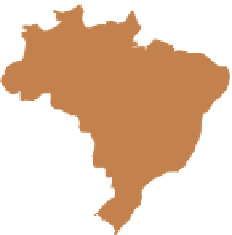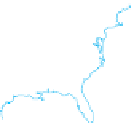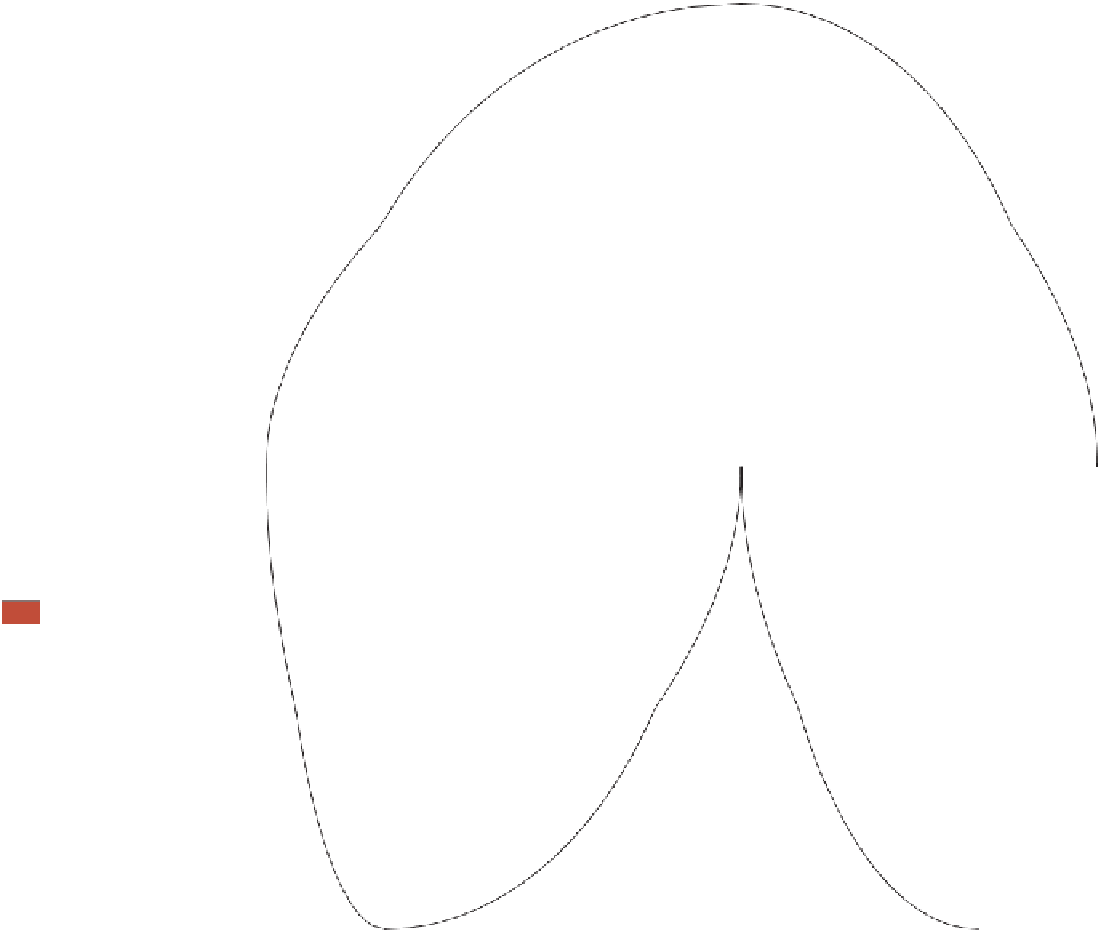Geography Reference
In-Depth Information
GREENLAND
U.S.
(Alaska)
6
0
°
CANADA
40°
40°
UNITED STATES
ATLANTIC
OCEAN
BAHAMAS
CUBA
MEXICO
Tropic of Cancer
DOMINICAN
REPUBLIC
PUERTO
RICO
20°
20°
20°
JAMAICA
BELIZE
HAITI
U.S.
(Hawai'i)
HONDURAS
NICARAGUA
BARBADOS
GUATEMALA
EL SALVADOR
TRINIDAD & TOBAGO
PACIFIC
COSTA RICA
PANAMA
VENEZUELA
COLOMBIA
GUYANA
SURINAME
FRENCH GUIANA
Equator
0°
ECUADOR
OCEAN
PERU
BRAZIL
BOLIVIA
20°
20°
20°
PARAGUAY
Tropic of Capricorn
25.0 - 86.9%
ARGENTINA
16.0 - 24.9%
CHILE
URUGUAY
10.0 -15.9%
40°
40°
40°
40°
5.0 - 9.9%
1.0 - 4.9%
No data
160°
140°
120°
80°
60°
40°
60°
60°
60°
60°
SOUTHERN
OCEAN
0
1000
2000
3000 Kilometers
0
1000
2000 Miles
Figure 10.8
External debt service as a percentage of exports of goods and services for low-and middle-
income economies, 2006.
Data from:
The World Bank.
Millennium Development Goals Atlas
. Washington, DC:
The World Bank, 2008. Online at http://devdata.worldbank.org/atlas-mdg.
of economic control from states to the private sector. This
development, in turn, fostered economic globalization
while shrinking the size of the public sector in a number
of countries. The trade-off, however, was the expansion of
corporate control and the erosion of the ability of regional
and state governments to control their economic destinies.
Hence, the neoliberal turn has been highly conte
ntious.
High debt obligations and related neoliberal reforms
arguably contributed to the economic and political crisis
in Argentina at the end of 2001—leading to overreliance

























































































































































































































































































































































































































































































































